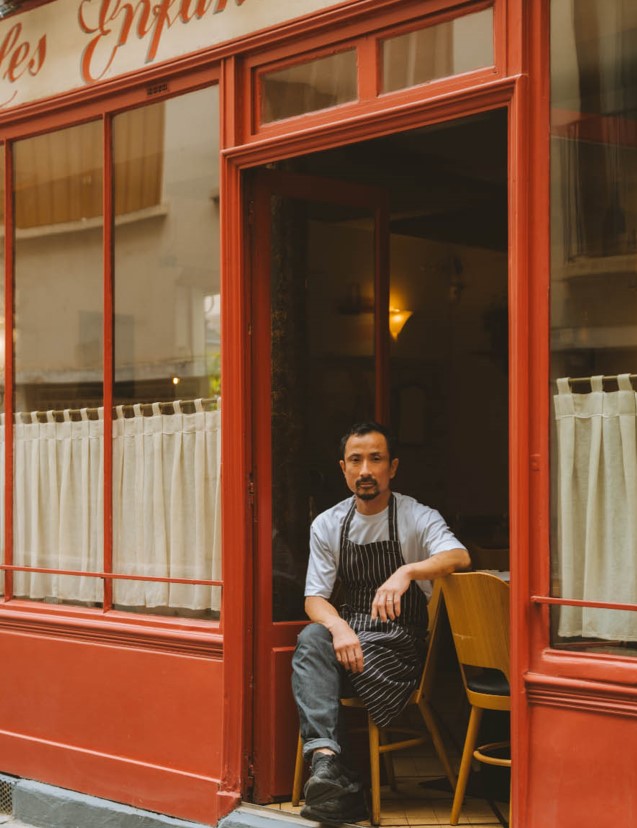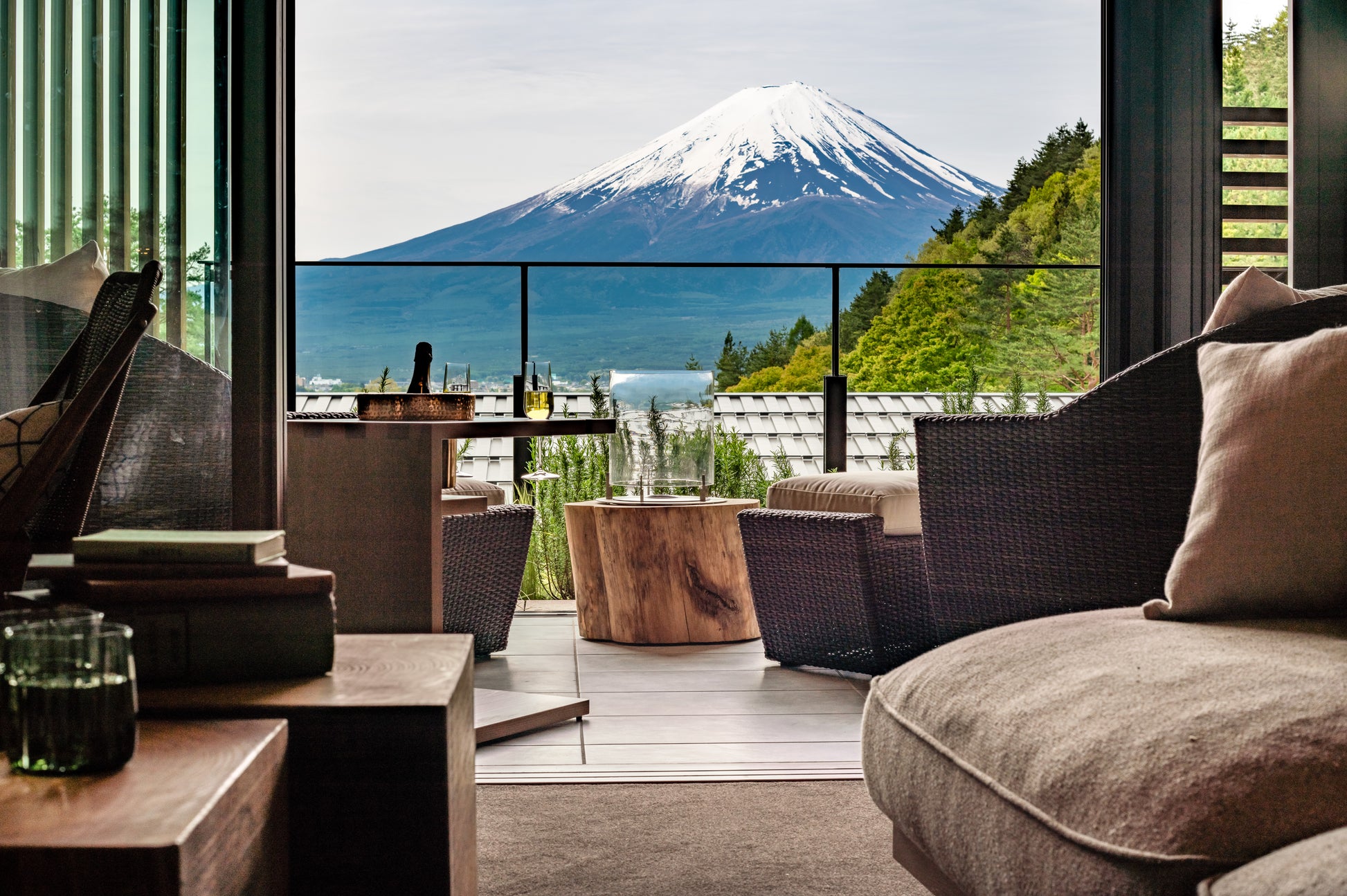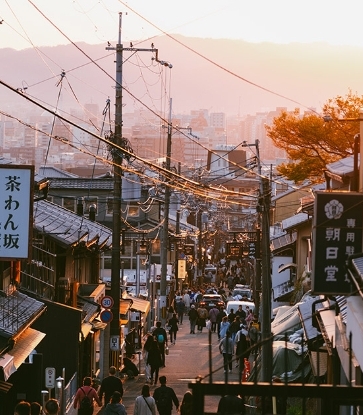From behind a 14-seater bar, chef-partners Koki Miyoshi and Naoki Kaiyama tend to a huge, steaming pot of daikon (radish) and tofu cubes simmering in a light dashi broth.
This is oden, a homey dish that is often found on the tables of most Japanese households in winter. During the wintry season, convenience stores in Japan lug out their sturdy stainless steel food-warmers. Peek in and you’ll see a hodgepodge of items such as eggs, daikon (radish) and fishcakes swimming in a savoury brown broth, a quick and comforting snack for pedestrians ducking in to seek respite from blustery winds.
What you’ll find in a steamy pot of oden varies according to which part of Japan you are visiting. In the Kanto region, where big cities like Tokyo are, for instance, single cooked items sit in a broth is a clear dashi stock made with kombu (kelp) and bonito. But take a two-and-a-half-hour drive south to Shizuoka and you’re more likely to find skewered beef tendons and fishcakes in a dark soy-based soup.

At Kamoshita, the menu boasts over 20 types of hot and cold oden, served in a light dashi stock made from kelp, bonito and mackerel, the latter infusing the tasty soup with a richer flavour. Not a drop of soya sauce or MSG is used in the oden soup here.
“I wanted to make a dashi soup that is light and easy to drink. Singaporeans like soup, and people here are also more health conscious,” says Miyoshi, who worked as a chef at the Japanese embassy in London for two years.
He moved to Singapore in 2014 to work at Japanese joint Mikoto in Robertson Quay before opening Kamoshita.
One must-have ingredient is daikon. “It is juicy, but also light in flavour, a good way to start the meal. The radish represents the culture of oden,” says Miyoshi.
Here, we pick out some highlights from the restaurant’s selection.

No oden meal is complete without the humble radish. The right way to prepare it is to boil it in rice water to remove its acridity and turn the root vegetable into a translucent shade of white. Garnishing it with radish sprouts adds a touch of colour, while a dab of mustard mixed with egg yolk infuses the simple dish with a tad of richness.
Though most oden joints typically serve eggs hardboiled, the version at Kamoshita takes after the flavoured half-boiled egg commonly found in ramen stalls. Here, the egg is soft-boiled for about five minutes, then left to soak in a soy-sauce based broth. Upon order, it is taken out and quickly dipped into the simmering dashi stock to warm it up before it is served.
Prawn cake
Slightly crispy on the outside, with a juicy core to nibble on, the prawn cake is a less common oden ingredient, and is really more Miyoshi’s take on the better-known agedashi tofu. Here, the prawn cake is made by blending the paste with lotus roots, egg yolk and mayonnaise with just a wee bit of fresh raw cream for a touch of indulgence. The cake is then steamed and neatly cubed, served in the light dashi stock with a sprinkle of sprouts and grated daikon.

More commonly made by shaping minced chicken together, the version at Kamoshita goes one up by using a mix of chicken cartilage and crunchy soft bones for a delicious play on textures. The dumpling is also boiled separately from the main oden pot, so the chicken oils don’t seep into and alter the flavours of the light dashi broth.

Plump, vibrant and juicy, the tomato is a fine ingredient to have in oden. It is first peeled then left to soak in the dashi broth overnight to absorb all its flavours. When served, it is garnished with finely-chopped pickled prawns and onions for that coveted hit of umami.

The use of this summer squash vegetable is not limited to just shredding it to make zucchini noodles. Here, the zucchini is julienned and fried at a high temperature before it is served in the dashi broth with a dollop of chicken miso on top to complement the sweetness of the vegetable.

While most oden places will serve you a whole potato sitting in a pool of broth, Kamoshita uses their oden potatoes for a tasty potato salad dish as well. Here, a boiled and skinned New Zealand or Australian potato is mashed, then mixed with a rich creamy sauce made by combining kewpie mayonnaise, vinegar, Japanese mustard and chopped shallots. Bits of diced bacon amplify the creamy richness of this dish.




















